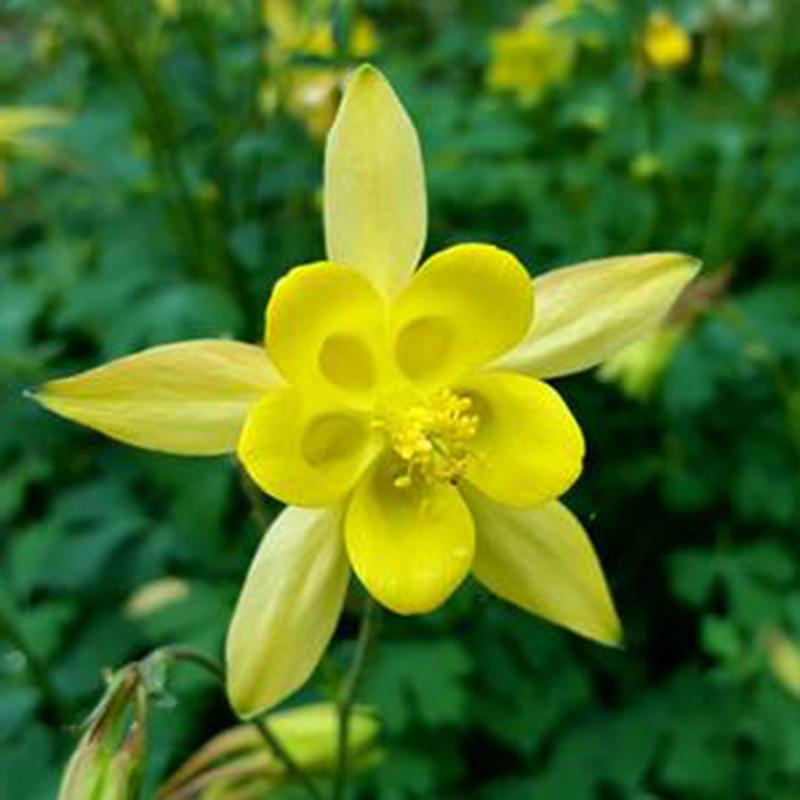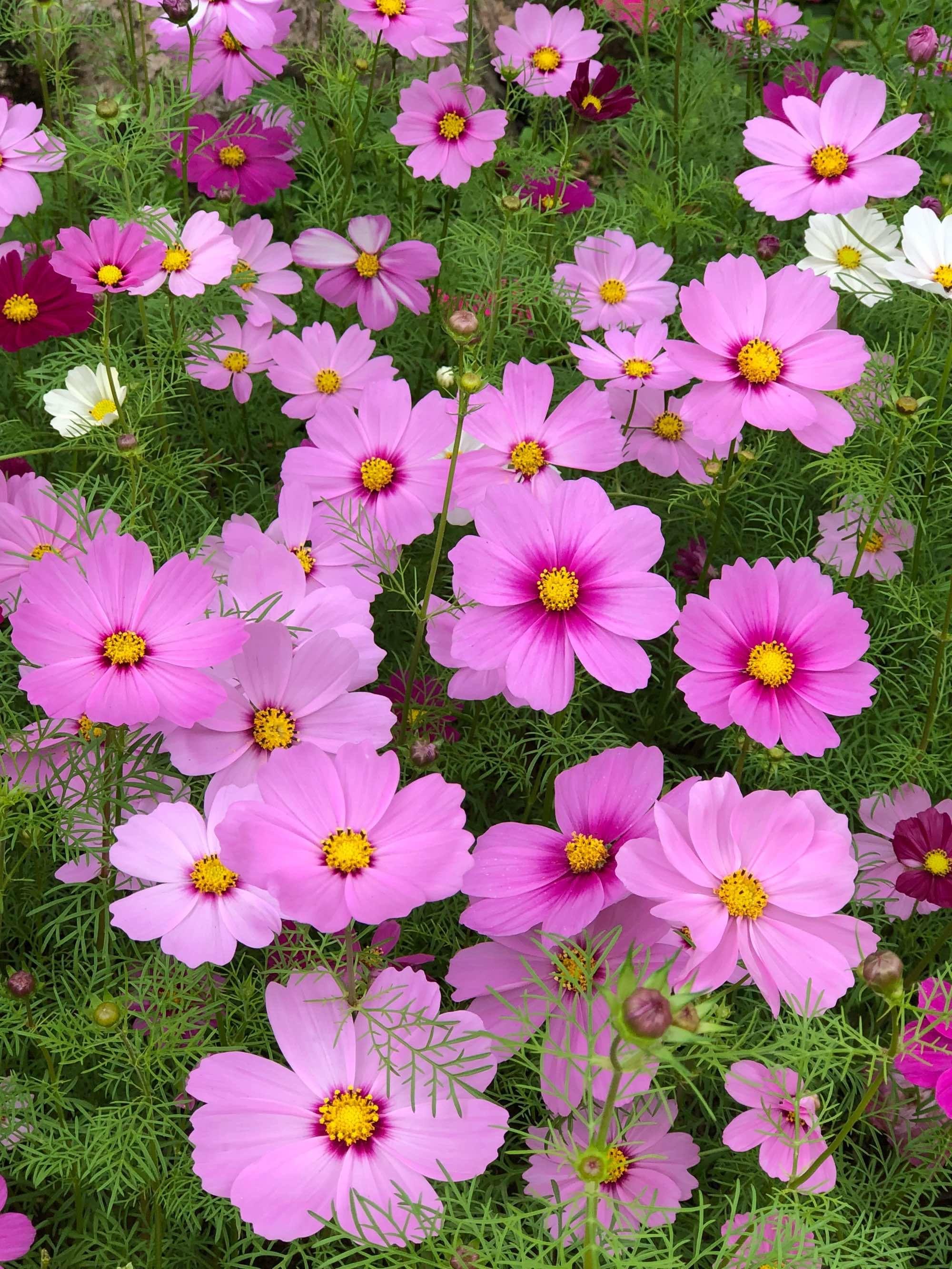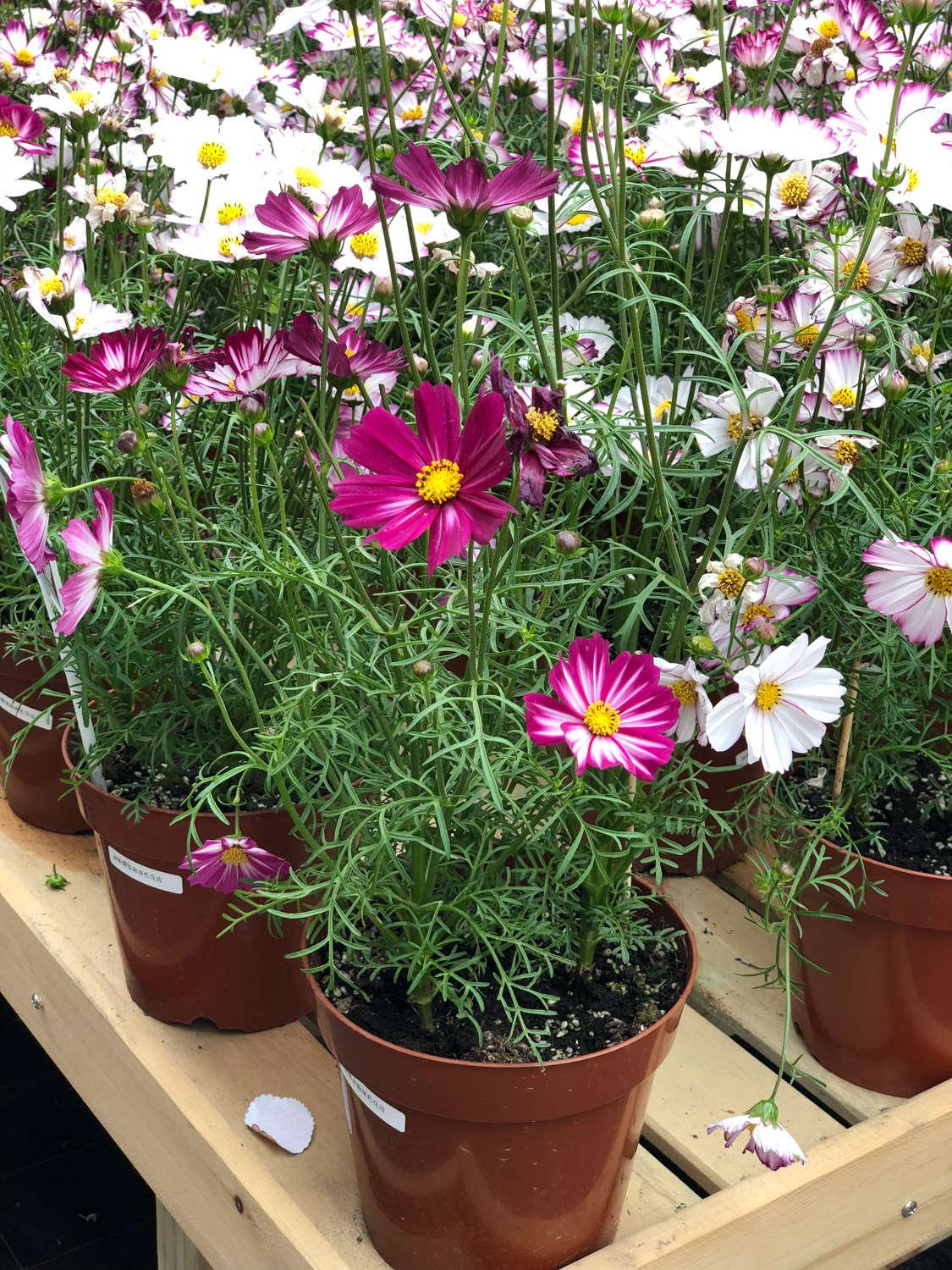Once upon a time, there was a unique plant called Canella. Its leaves shimmered with a golden hue, captivating everyone who saw it. Legend has it that these enchanting leaves possessed the power to grant eternal youth. Many adventurers set out on a quest to find Canella and unlock its secrets. They journeyed through treacherous jungles, crossed raging rivers, and climbed mountains. Finally, after endless struggles, a brave explorer discovered Canella hidden in a mystical grove. As word spread of its discovery, people flocked from around the world to witness its magical allure. Canella became a symbol of hope and rejuvenation, reminding us of the wonders nature holds within.
Picture
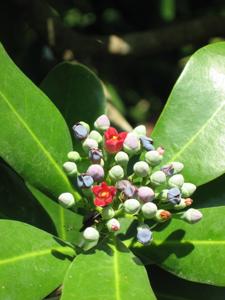
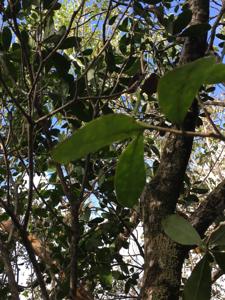
Plant some seeds now!
Short Description
Canella is a monospecific genus containing the species Canella winterana, a tree native to the Caribbean from the Florida Keys to Barbados. Its bark is used as a spice similar to cinnamon, giving rise to the common names cinnamon bark, wild cinnamon, and white cinnamon.
Description
Flowers perfect, regular; sepals 3, imbricated, persistent; petals 5, imbricated; stamens monadelphous. Fruit baccate, indehiscent, 2 to 4-seeded.
A tree, with scaly aromatic bark, stout ashy gray branchlets conspicuously marked with large orbicular leaf-scars. Leaves petiolate, alternate, destitute of stipules, penniveined, entire, pellucid-punctate, coriaceous. Flowers arranged in a many-flowered subcorymbose terminal or subterminal panicle composed of several dichotomously branched cymes from the axis of the upper leaves or of minute caducous bracts. Sepals suborbiculate, concave, coriaceous, erect, their margins ciliate. Petals hypogynous, in a single row on the slightly convex receptacle, oblong, concave, rounded at the extremity, fleshy, twice the length of the sepals, white or rose-colored. Stamens about twenty, hypogynous, the filaments connate into a tube crenulate at the summit, and slightly extended above the linear anthers, which are adnate to its outer face, and longitudinally two-valved. Ovary free, included in the androecium, cylindrical or oblong-conical, one-celled, with two parietal placentas, few-ovuled; style short, fleshy, the summit two or three-lobed, stigmatic; ovules arcuate, horizontal or descending, imperfectly anatropous, attached by a short funiculus. Fruit globular or slightly ovate, fleshy, minutely pointed with the base of the persistent style. Seeds reniform, suspended; testa thick, crustaceous, shining black; tegmen soft, membranaceous. Embryo curved, near the summit of the copious oleo-fleshy albumen, its radicle next the hilum; cotyledons oblong.

